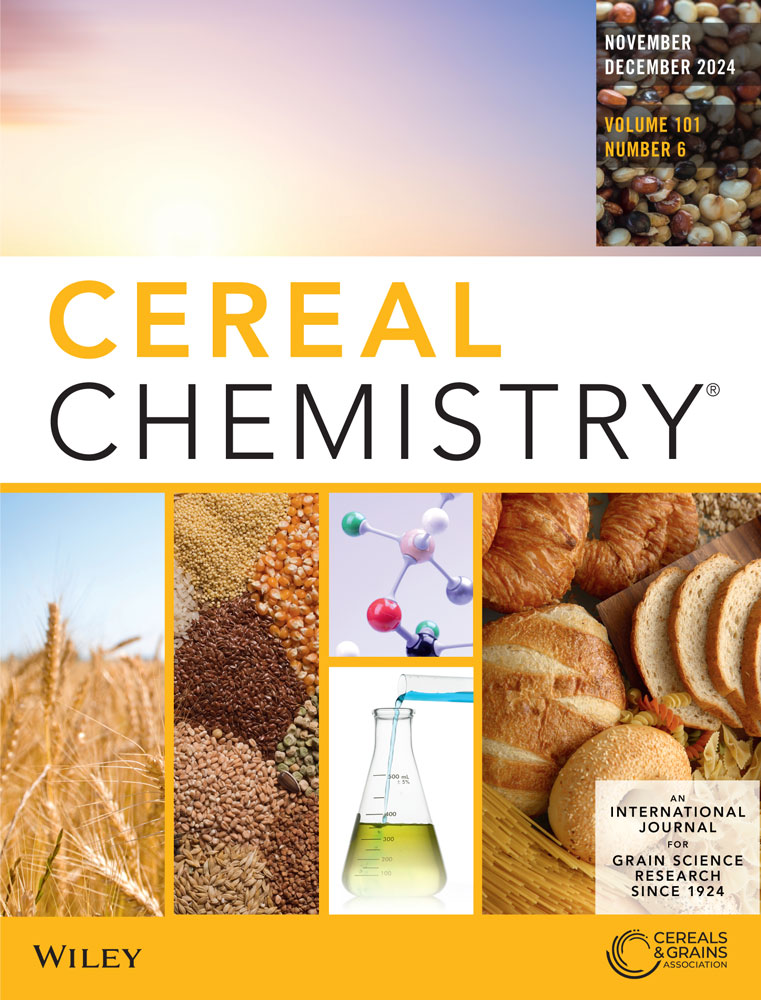Phase Behavior Determines Morphology of Amylose Crystallized From Aqueous Solutions
Abstract
Background and Objectives
Here, we present a simplified system comprising amylose of varying degrees of polymerization in water, with the goal of probing the temperature–concentration phase diagram to determine if a miscibility gap leading to liquid−liquid phase separation might serve as a model for starch granule initiation and, if so, under what conditions.
Findings
A miscibility gap in the cooling-rate-dependent phase behavior is demonstrated for the amylose−water system, with its temperature and concentration depending on the degree of polymerization (DP) of the starch. Liquid–liquid phase separation within this miscibility gap followed by crystallization of the polymer-rich phase produced spherulites. If crystallization preceded liquid–liquid phase separation, a precipitate or gel was formed. The upper critical solution temperature appeared between 60°C and 70°C, and the miscibility gap was observed between 5% and 30%–50% w/w starch, depending on DP for DP ≥ 68. For DP 29, the miscibility gap occurred at concentrations ≥ 20% w/w.
Conclusions
A cooling-rate-dependent miscibility gap in the temperature–concentration phase diagram has been observed in aqueous amylose solutions under reasonable ambient conditions of temperature and starch concentration, allowing phase separation to occur within plastids in vivo.
Significance and Novelty
This work provides a biophysical complement to the biochemistry associated with starch granule initiation.

 求助内容:
求助内容: 应助结果提醒方式:
应助结果提醒方式:


